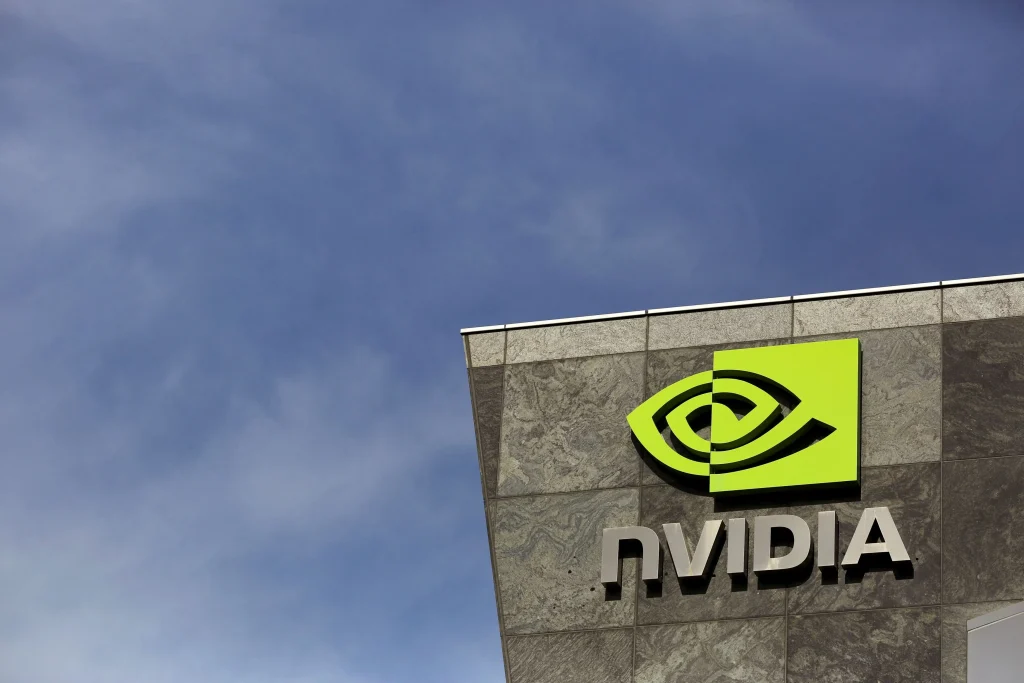
Nvidia Corporation has announced a set of AI models, libraries, and infrastructure tools aimed at robotics developers. The key product is Cosmos Reason — a visual-language model with 7 billion parameters that can ‘reason’ and plan actions for physical AI applications and robots.
👀 Get a first look at how synthetic data, 3D graphics, and AI advancements are changing the game and explore how Physical AI is shaping smarter, more capable machines. 🦾
— NVIDIA AI Developer (@NVIDIAAIDev) August 11, 2025
🤖✨ #NVIDIACosmos + Nemotron reasoning models use synthetic data to supercharge multimodal learning —… pic.twitter.com/2tmRsry5Q7
Among other novelties:
- Cosmos Transfer-2 -neural network for accelerated generation of synthetic data based on 3D simulations and spatial control signals;
- optimized version of Cosmos Transfer — with an emphasis on speed.
Nvidia notes that the solutions allow you to create synthetic text, graphics, and video datasets for training robots and AI agents. Cosmos Reason uses memory and knowledge of physical laws to make decisions and plan.
The company also introduced libraries for neural reconstruction, including a rendering module that recreates the real world in 3D based on sensor data. This technology is integrated into the open CARLA simulator. Updated and the Omniverse kit.
Nvidia has released new servers to handle heavy workloads:
- RTX Pro Blackwell Server — unified architecture for robotics tasks;
- DGX Cloud is a cloud-based development management platform.
The announcements reflect Nvidia’s expansion into the robotics sector, where the company sees growing demand for graphics cards.
The industry is still experiencing an AI shortage
Unitree CEO Wang Xingxing said that the key challenge in the industry is the integration of AI, which is necessary for the mass adoption of humanoid robots.:
‘The industry understands what direction to move in, but so far no one has implemented it.’
According to Wang, the situation resembles the ‘breakthrough moment of ChatGPT’ in 2022, and growth in the robot segment is expected within 1-3 years.
Unitree has unveiled the $5,900 R1 humanoid robot, but mass production has not yet been launched.
China is actively developing this area: in 2025, it hosted a half marathon among robots, a muay Thai tournament and football competitions. However, most of the participants showed unstable performance — they stumbled, lost their balance and did not always reach the finish line.
Unitree became widely known after its robots were shown at the national Spring Festival gala.








 Cryptol – your source for the latest news on cryptocurrencies, information technology, and decentralized solutions. Stay informed about the latest trends in the digital world.
Cryptol – your source for the latest news on cryptocurrencies, information technology, and decentralized solutions. Stay informed about the latest trends in the digital world.